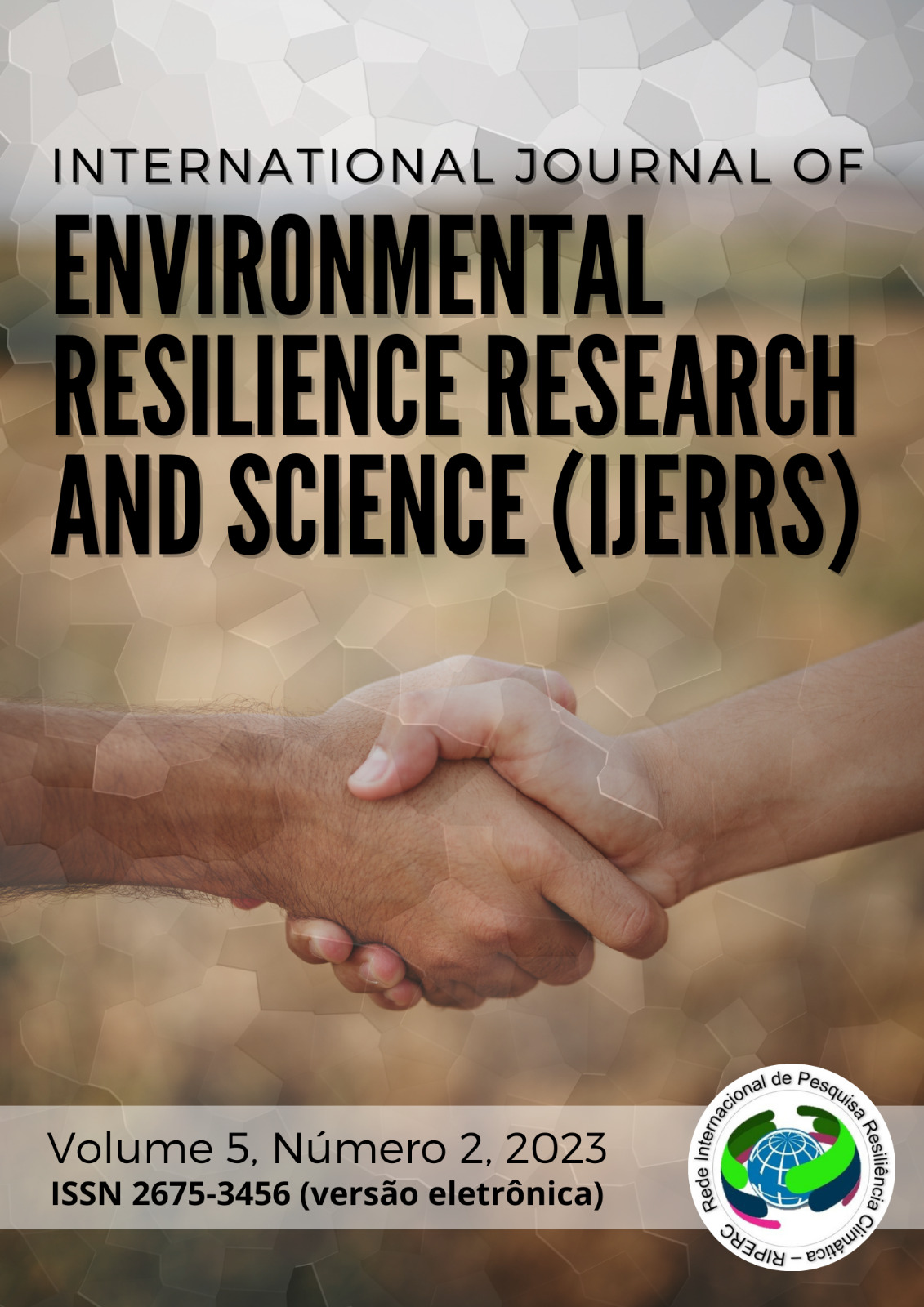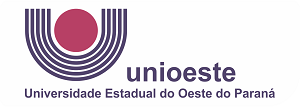Use of RPA to Identify of Failures in Soybean Crops
DOI:
https://doi.org/10.48075/ijerrs.v5i2.32229Abstract
Remotely Piloted Aircraft (RPA), when equipped with high-quality cameras, allow detailed and rapid inspection of plantations. Therefore, the objective of this work was to identify planting failures and measure the percentage of these failures in a soybean crop. After obtaining the images, the specific software, Agisoft Metashape Professional, was used to develop geoprocessing technologies and obtain the orthomosaic. The QGIS software was used to generate the NDVI, and the “dzetsaka” plugin was used to quantify land use and cover. The results showed a percentage of failures of 1.98 in the area, which may increase progressively in larger areas. It is concluded that Agisoft Metashape Professional proved to be efficient for generating final products, and the QGIS software and the “dzetsaka” and “difference” plugins proved to be low-cost tools suitable for mapping, classifying, and quantifying soil cover.
Key words: geotechnology. Orthomosaic. Reflectance.
Downloads
Published
Versions
- 17-02-2024 (2)
- 26-12-2023 (1)
How to Cite
Issue
Section
License
Copyright (c) 2023 International Journal of Environmental Resilience Research and Science

This work is licensed under a Creative Commons Attribution-NonCommercial-ShareAlike 4.0 International License.
Aviso de Direito Autoral Creative Commons
Política para Periódicos de Acesso Livre
Autores que publicam nesta revista concordam com os seguintes termos:
1. Autores mantém os direitos autorais e concedem à revista o direito de primeira publicação, com o trabalho simultaneamente licenciado sob a Licença Creative Commons Attribution que permite o compartilhamento do trabalho com reconhecimento da autoria e publicação inicial nesta revista.2. Autores têm autorização para assumir contratos adicionais separadamente, para distribuição não-exclusiva da versão do trabalho publicada nesta revista (ex.: publicar em repositório institucional ou como capítulo de livro), com reconhecimento de autoria e publicação inicial nesta revista.
3. Autores têm permissão e são estimulados a publicar e distribuir seu trabalho online (ex.: em repositórios institucionais ou na sua página pessoal) a qualquer ponto antes ou durante o processo editorial, já que isso pode gerar alterações produtivas, bem como aumentar o impacto e a citação do trabalho publicado (Veja O Efeito do Acesso Livre).
Licença Creative Commons
Esta obra está licenciada com uma Licença Creative Commons Atribuição-NãoComercial-CompartilhaIgual 4.0 Internacional, o que permite compartilhar, copiar, distribuir, exibir, reproduzir, a totalidade ou partes desde que não tenha objetivo comercial e sejam citados os autores e a fonte.









